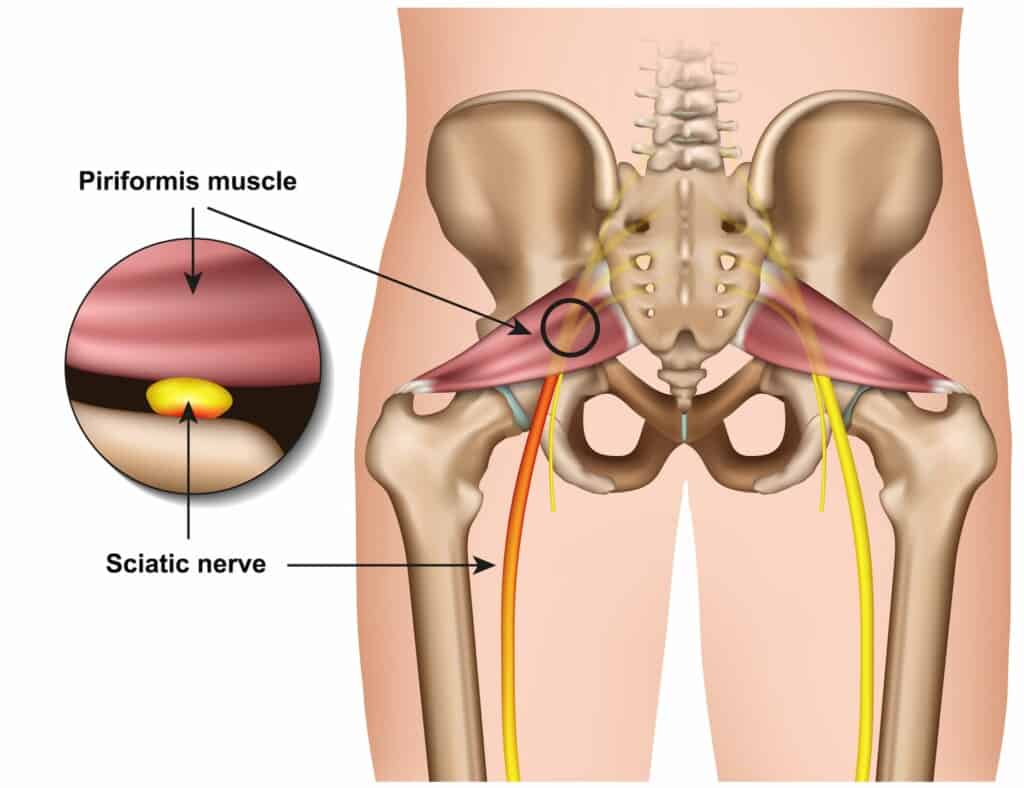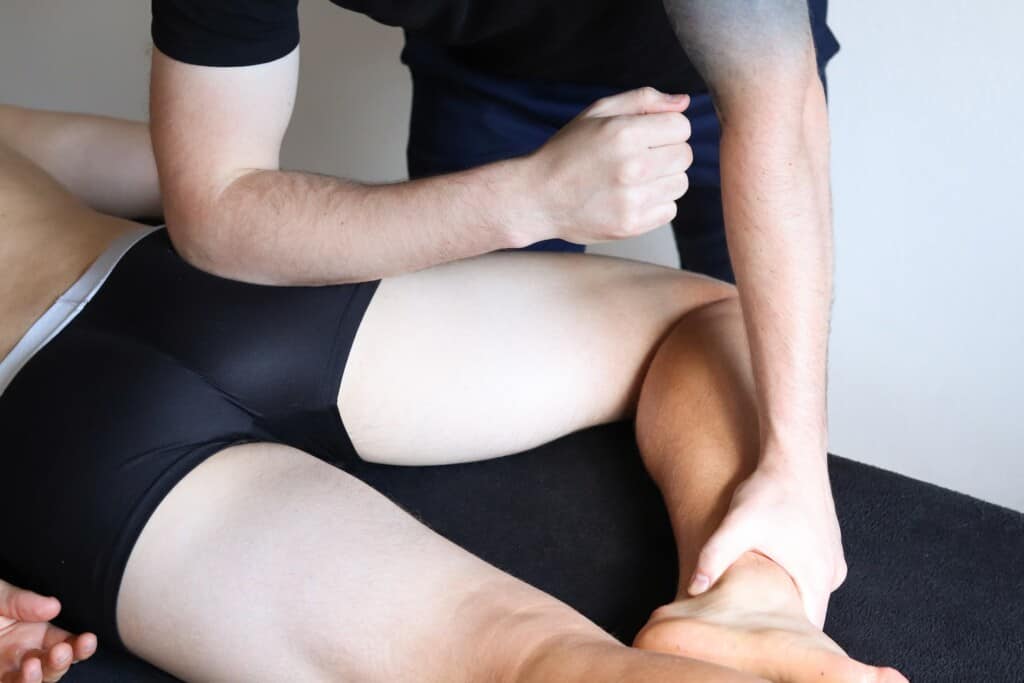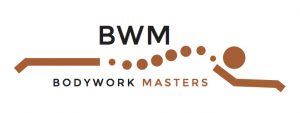If you’re struggling with deep ache in your buttocks and pain radiating down your leg, you may be dealing with piriformis syndrome. Don’t lose hope, customized massage and bodywork can help!
What is Piriformis Syndrome?
Piriformis syndrome occurs when the piriformis muscle located deep in your buttock becomes tight or irritated, putting pressure on your sciatic nerve. This agitated nerve then causes symptoms including:
- Pain in buttock and hip area
- Tingling, numbness, burning down leg
- Difficulty sitting for extended periods
While severe cases may require a doctor’s care, piriformis syndrome often improves remarkably well with skilled massage therapy and bodywork. The right techniques applied to the right spots can work magic!
Understanding Piriformis Syndrome
Anatomy of the Piriformis Muscle
The piriformis muscle, which runs from the lower spine to the upper thigh, is part of the intricate system of muscles and nerves in the lower back and hips. Because it’s located very close to the sciatic nerve, when this muscle gets tight, it can press on the nerve and cause issues.

Causes and Risk Factors
The causes can vary but typically occur when the piriformis muscle becomes tight or irritated. This can occur due to:
- Traumatic Injury
- Overuse such as running or prolonged sitting
- Muscle Spasms
- Scar Tissue
- Anatomical Variations
- Understanding these potential causes can help individuals take steps to prevent or manage piriformis syndrome effectively.
Differentiating Piriformis Pain from Sciatica Pain
It’s important to differentiate Piriformis Syndrome from sciatica as their treatment approaches differ significantly. Although both conditions share similar symptoms like lower back and leg pain, tingling, and numbness, their underlying causes set them apart:
Piriformis Syndrome:
Occurs when the piriformis muscle tightens or develops trigger points.
This muscle then compresses or irritates the sciatic nerve, leading to pain and discomfort.
Importantly, Piriformis Syndrome is not caused by a spinal issue.
Sciatica:
Primarily results from a spinal problem, most commonly a compressed lumbar disc.
The compression occurs at or near the spine, leading to sciatic nerve irritation and radiating symptoms down the leg.
Unlike Piriformis Syndrome, sciatica is rooted in a spinal issue.
How Bodyworkers Differentiate and Treat Piriformis Syndrome
Bodyworkers play an important role in telling the difference between piriformis syndrome and sciatica through careful evaluation and personalized treatment. Here’s how they do it:
- Detailed Assessment: Bodyworkers thoroughly review the client’s medical history and perform physical exams. They pay close attention to where the pain is located and what it feels like.
- Muscle Examination: Using touch techniques, they identify tight spots and muscle tightness. Piriformis syndrome often causes tenderness and tightness around the piriformis muscle.
- Range of Motion Testing: They check how well the client can move their joints. Limited hip mobility and pain with certain movements may indicate piriformis syndrome.
- Tailored Treatment Plan: Once piriformis syndrome is diagnosed, they use specific techniques like massage, stretches, and releasing tight fascia, focused on the piriformis muscle area to reduce pain and improve function.
By accurately distinguishing piriformis syndrome from sciatica, bodyworkers can customize the treatment to directly address the underlying causes and provide effective relief.
Benefits of Bodywork for Piriformis Syndrome
- Pain Relief: Bodywork techniques are designed to target muscle tension and trigger points, offering much-needed relief from pain and discomfort.
- Improved Range of Motion: These techniques work by releasing muscle tightness and enhancing flexibility, ultimately restoring normal range of motion and allowing clients to regain their mobility.
- Muscle Relaxation: Through muscle relaxation, particularly in the piriformis muscle and its surrounding muscles, bodywork can alleviate the compression on the sciatic nerve, leading to a reduction in discomfort and irritation.
- Stress Reduction: Many bodywork techniques incorporate relaxation methods aimed at reducing stress, a factor that can exacerbate Piriformis Syndrome and hinder the healing process.

Types of Bodywork Techniques
- Myofascial Release: Targeting Trigger Points
This technique involves applying gentle pressure to release tightness and knots, which helps reduce pain and tension. - Deep Tissue Massage: Easing Muscle Tension
Deep tissue massage focuses on the deeper layers of muscle tissue, providing relief from chronic muscle tension and tightness. - Active Release Technique (ART): Restoring Function
ART is a specialized approach that combines movement and manipulation to break up scar tissue and improve muscle function. - Stretching: Enhancing Flexibility
Incorporating stretching routines can enhance flexibility and reduce muscle tightness.
A Client Story: Barbara’s Journey to Relief
Our client, Barbara, went through a hard time with piriformis pain. For months, she had tingling, burning pain down her leg and a deep ache in her buttock area. This really affected her daily life. Her daily quality of life suffered greatly.
After trying many things that didn’t work, Barbara was told to try bodywork therapy. Her physical therapist recommended coming to us. We did a thorough evaluation and found out Barbara had piriformis syndrome, not sciatica like she thought. We saw tenderness and tight spots around her piriformis muscle, which was pressing on her sciatic nerve.
With the right diagnosis, we made Barbara a personalized treatment plan. We used massage, stretches, and working on her trigger points, all focused on her piriformis muscle area.
Within weeks of regular therapy, Barbara felt much better. Releasing tension in her piriformis muscle took pressure off her sciatic nerve and reduced her intense pain.
Barbara got her flexibility and mobility back, and could enjoy an active, happy life again. Her story shows how focused bodywork can restore comfort, strength and quality of life. We’re so happy with her amazing progress. Hear directly from Barbara about her experience at BWM.
“I suffered from Piriformis Syndrome for a couple of years, and it was incredibly challenging. The symptoms would often flare up after long drives, especially when I visited my sister for summer vacations. The nerve pain was excruciating, making it almost impossible for me to sit comfortably. Even after the acute episodes, I would experience prolonged soreness, which affected my daily life.
I had been seeing a physical therapist for some time, diligently following the prescribed exercises, but unfortunately, the relief was minimal. It was then that my physical therapist recommended Bodywork Masters to help alleviate the piriformis pain.
My experience with Bob at Bodywork Masters was nothing short of miraculous. After just one session, I felt about 90% better. Bob used gua-sha and other techniques to target and heal the tissues around my piriformis, and although I had some bruising that lasted a week after the first session, the pain and soreness were significantly reduced.
Bodywork was exactly what I needed! I continue to visit regularly to ensure my body stays in its best condition and remains pain-free. I highly recommend Bodywork Masters to anyone dealing with similar issues; they truly work wonders.”
– Barbara
Preventing Recurrence
- Maintain a healthy weight Excess weight can put additional strain on the lower back and hips, increasing the risk of piriformis syndrome. Maintain a healthy weight through a balanced diet and regular exercise.
- Proper posture: Maintain good posture throughout the day, especially when sitting for long periods. Use ergonomic chairs and equipment if necessary to support proper alignment of the spine and pelvis.
- Stretching: Regular stretching of the piriformis muscle and surrounding muscles can help prevent tightness and reduce the risk of compression on the sciatic nerve. Incorporate stretches such as the piriformis stretch, figure-four stretch, and hip flexor stretches into your daily routine.
- Strengthening: Strengthening exercises for the muscles around the hips and core can help improve stability and support for the pelvis and lower back, reducing the risk of piriformis syndrome recurrence. Focus on exercises such as hip abductor and external rotator strengthening exercises.
- Avoid prolonged sitting: Limit prolonged periods of sitting, as this can exacerbate tightness in the piriformis muscle. Take regular breaks to stand, stretch, and walk around.
- Warm-up before exercise: Always warm up before engaging in physical activity, especially activities that involve running, cycling, or activities that put strain on the hips and lower back.
- Listen to your body: Pay attention to any warning signs such as pain or discomfort, and modify your activities accordingly. Ignoring pain can lead to further injury and increase the risk of recurrence.
Conclusion
Piriformis Syndrome, often confused with sciatica, happens when the piriformis muscle squeezes or irritates the sciatic nerve. By understanding this condition and taking care of yourself, you can take significant steps towards unlocking relief and enjoying a pain-free life.
If you or someone you know is struggling with Piriformis Syndrome, consider bodywork therapy. Don’t let pain hold you back anymore. Book a session today to get personalized bodywork treatment designed specifically for helping with your piriformis syndrome. You deserve to find relief.
Additional Resources
